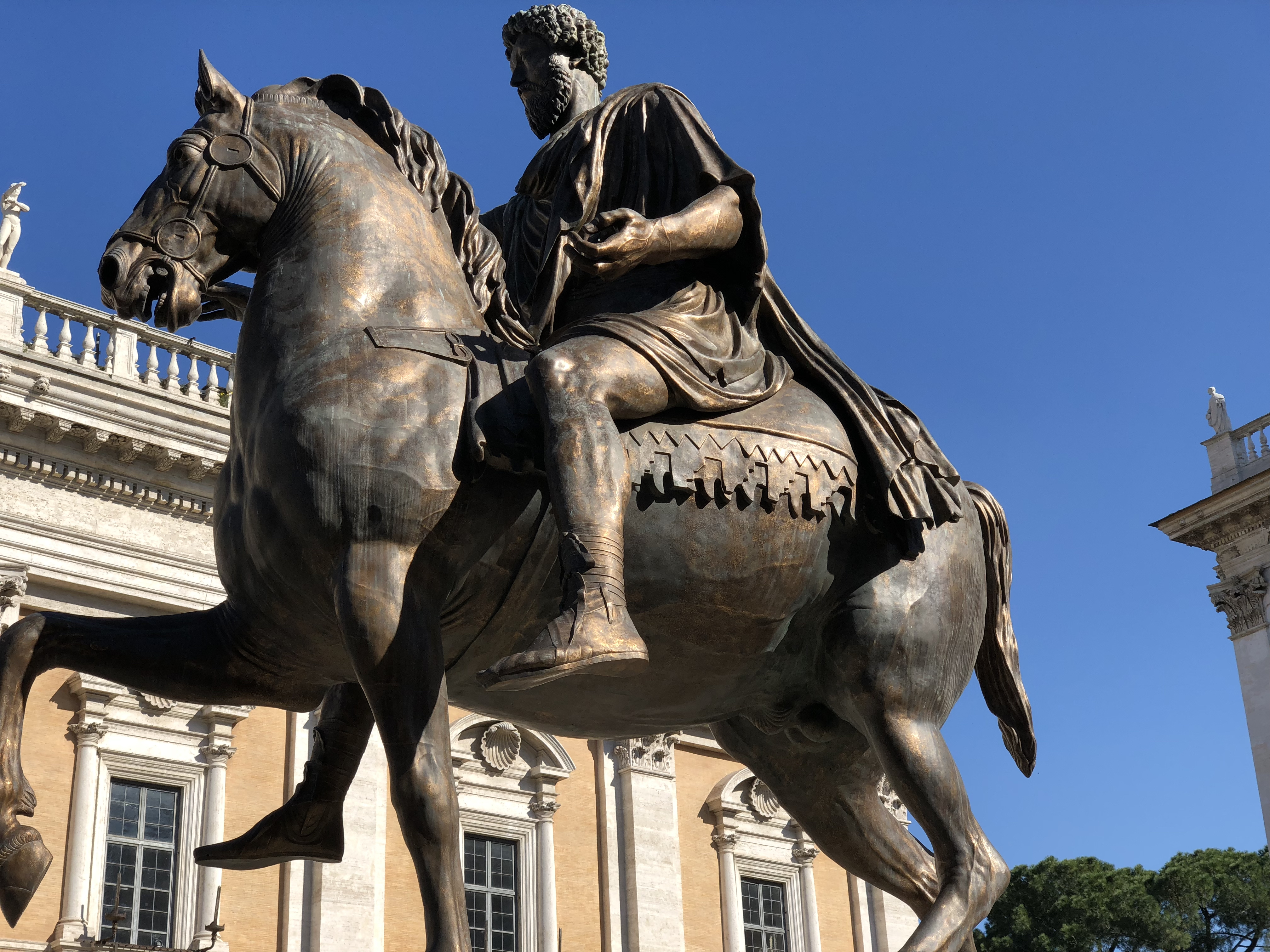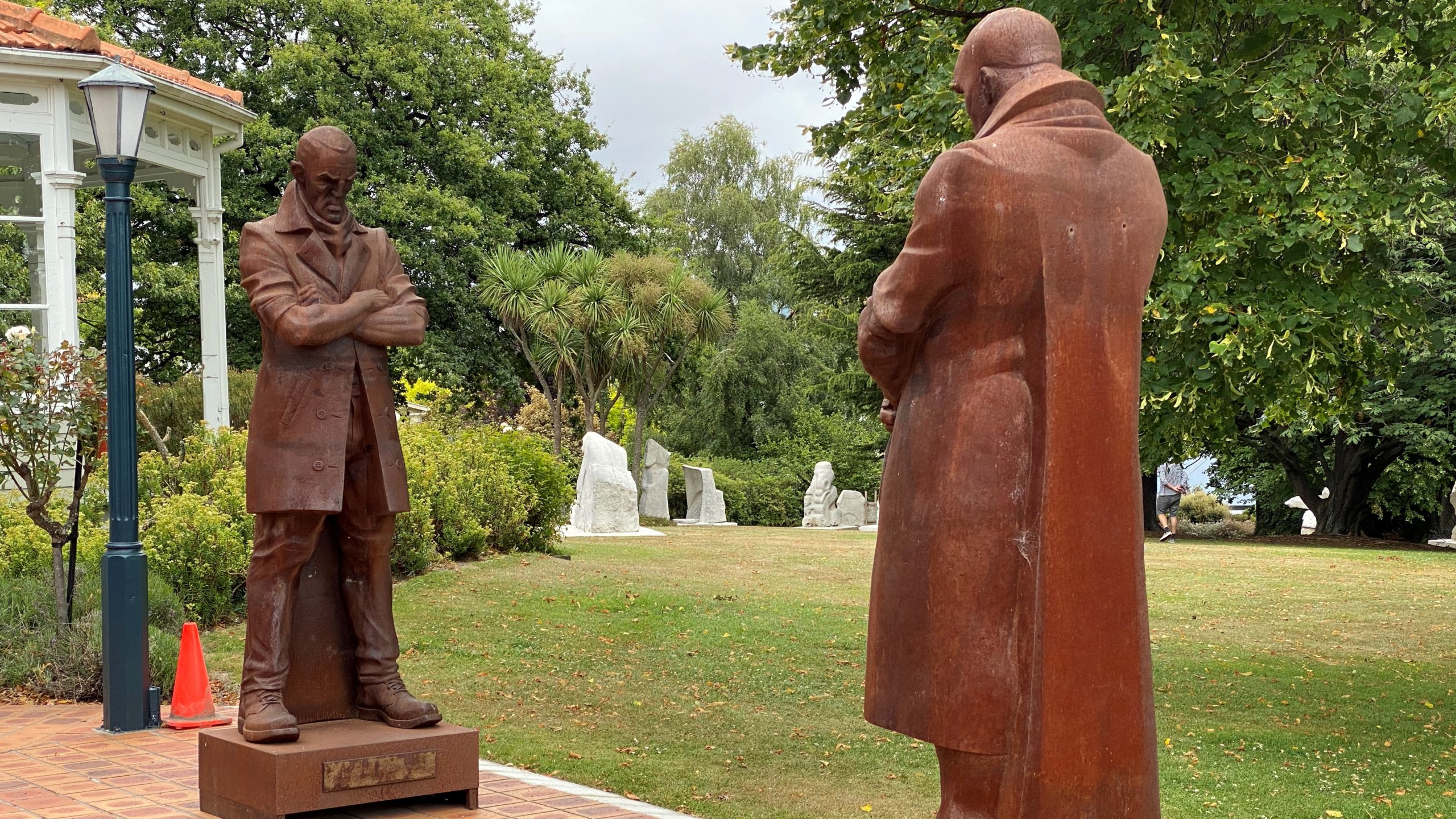
Bronze Sculpture History
Bronze is an ancient alloy made up predominantly of copper and tin. It has been used for millennia as a material for the making of artwork including jewellery and sculptures. One of the earliest known sculptures referred to as Dancing Girl, found in modern day Pakistan dates to 2500 BCE. The Greeks were the first to create life sized figurative sculptures from Bronze and came to perfect the method.
Little has changed over the centuries and little has changed in the methods used to create bronze sculptures today. The method of creation known as casting, simply explained consists of pouring molten liquid bronze in to a mould.
Here’s a guide specific to Bronze Sculpture Cleaning
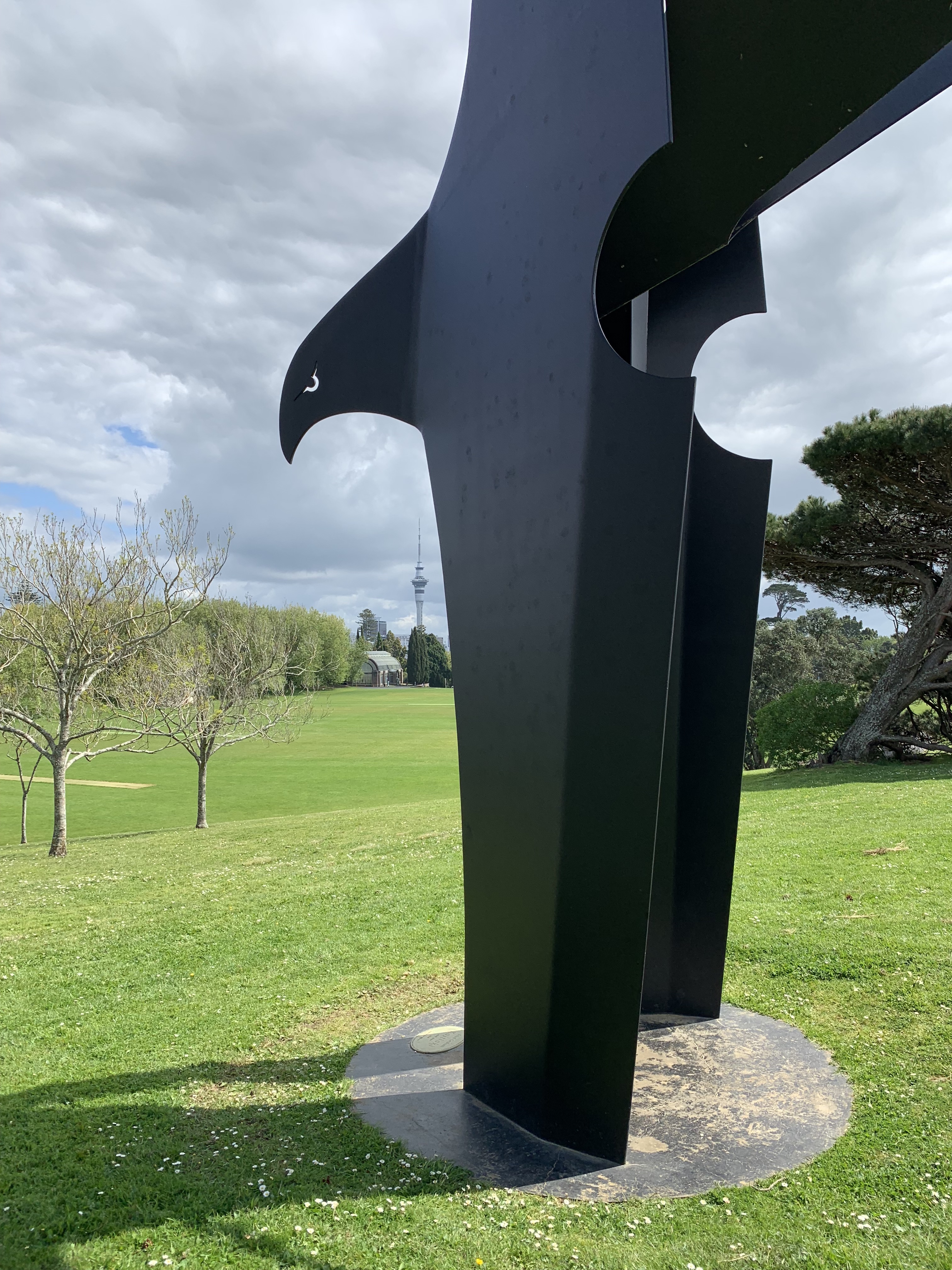
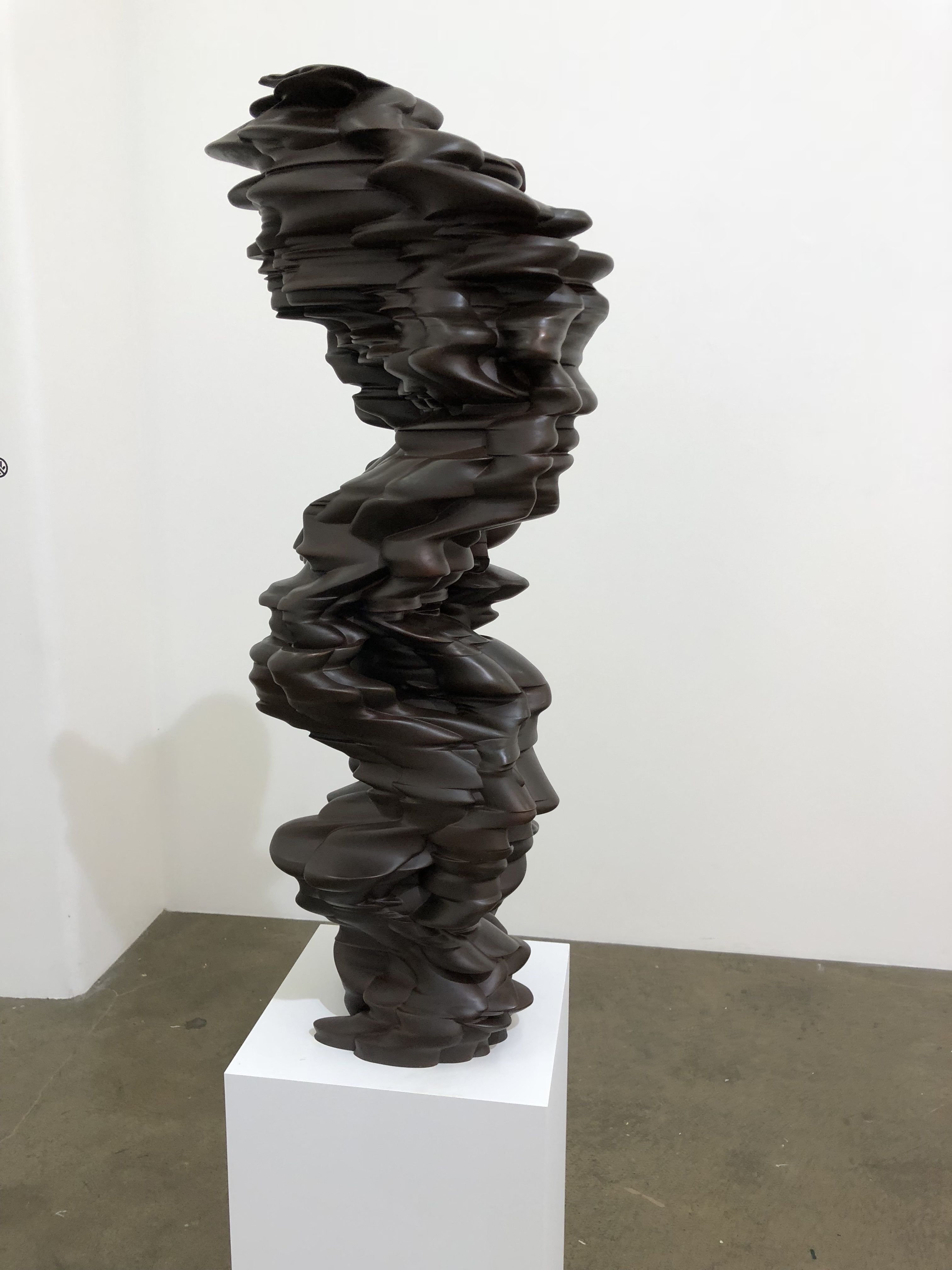
Bronze for Sculptures
Bronze is still highly regarded as a sculptural material, ensuring the high value of bronze artwork.
Bronze is coloured using patina, which is essentially an acid or corrosive chemical which causes a reaction on the surface of the bronze causing it the surface to change colour. Different chemical combinations can be used to create different colours on the surface of bronze. A simple example is the use of ammonia to create a green patina.
One of the downsides of bronze (and many other metals) is that it is prone to oxidisation and discolouration because of atmospheric pollution. Oxidisation a reaction caused by the loss of electrons because of exposure to oxygen which can cause bronze to tarnish and discolour. This can cause brown, black, red or blue to green colours to appear on the surface of the bronze
Bronze Corrosion
Exposure of bronze to chloride/chlorine can cause a corrosive reaction referred to as bronze disease which is much more aggressive than oxidsation. Bronze disease can cause bloom (microscopic crystals) on the surface of the sculpture resulting in pitting and eating away of the bronze.
It is essential then, that the owner of bronze sculpture and art works maintains a comprehensive cleaning regime to ensure that their bronzes remain in good condition.
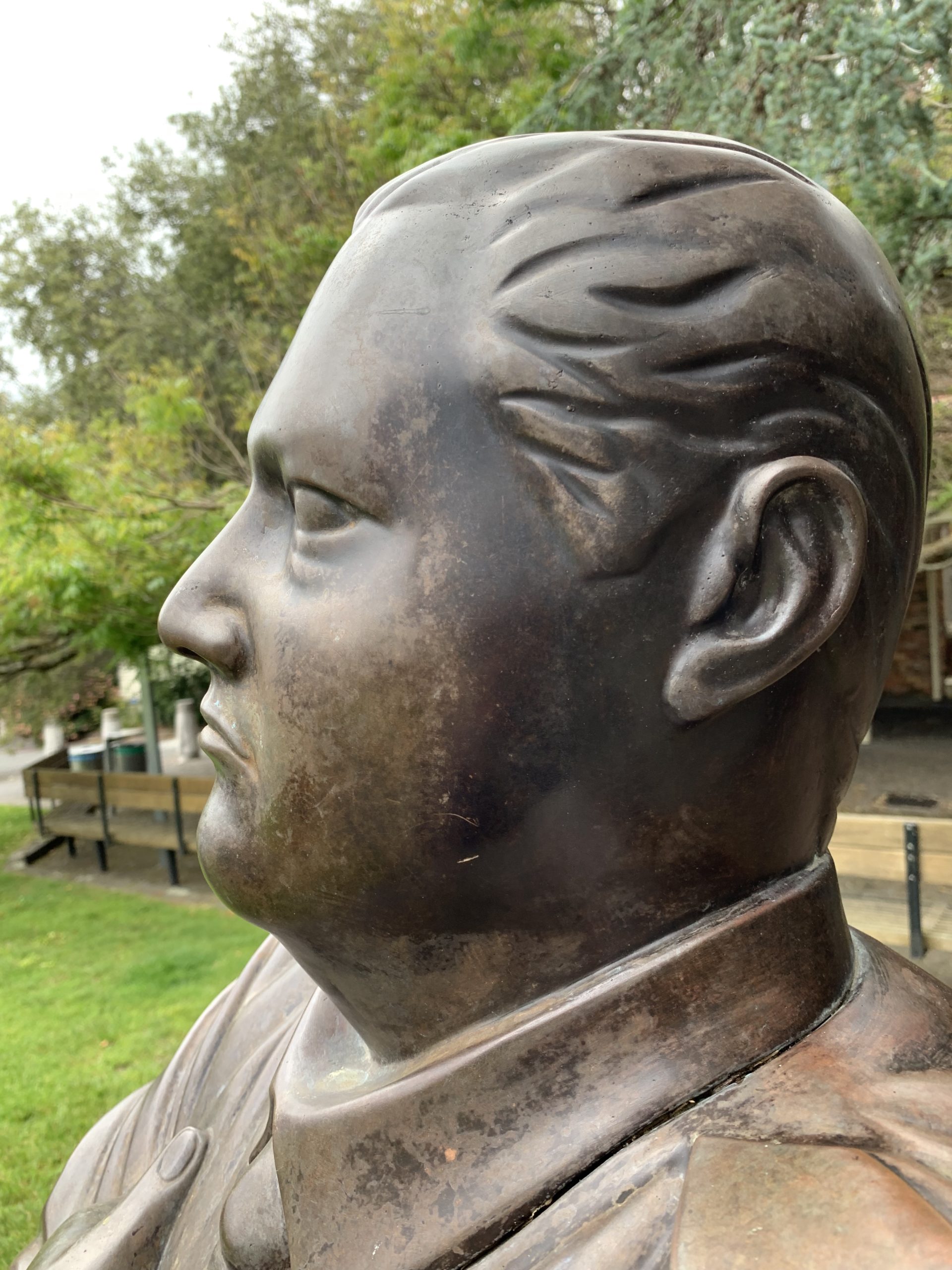

Sculpture Cleaning & Maintenance
Sculpture will generally need cleaning of some sort – even those stored indoors. Indoor sculpture can attract dust, and will be impacted the oil in human hands if touched.
The cleaning and maintenance regime for outdoor sculpture varies greatly depending on the material it has been made from. Some metals such as corten steel have particular challenges as cleaning can mark the sculpture in a manner that detracts from it.
Maintaining a bronze sculpture rests squarely on the maintenance of a wax coating on the surface of the bronze. This wax creates a buffer between the atmosphere and the patina on the surface of the bronze. After a bronze is patinated (the process of applying patina to bronze), it is waxed while the surface of the bronze is still warm.
Waxing the Sculpture
Preferred waxes consist predominantly of beeswax and a solvent such as turpentine. This wax acts as a sealer, sealing the bronzes surface from oxygen and other pollutants in the atmosphere. It also acts as a trap for dirt and other pollutants, subsequently the surface of the wax will become slightly mis-coloured indicating the wax needs to be removed and a new wax surface applied.
In order to remove the old wax coating, the bronze artwork is heated with a blow torch until the wax soften and runs, the wax can then be wiped off with a cloth. A brush is then used to apply new wax to the bronze while it is still warm, any excess wax is wiped away. It is important not to apply too much wax or it will create a milky surface on the bronze. A clear, vibrant wax coating is achieved by only applying a light coating, and ensuring there are no pockets of wax build up.
